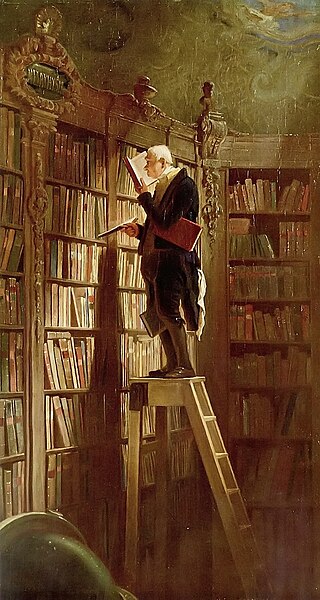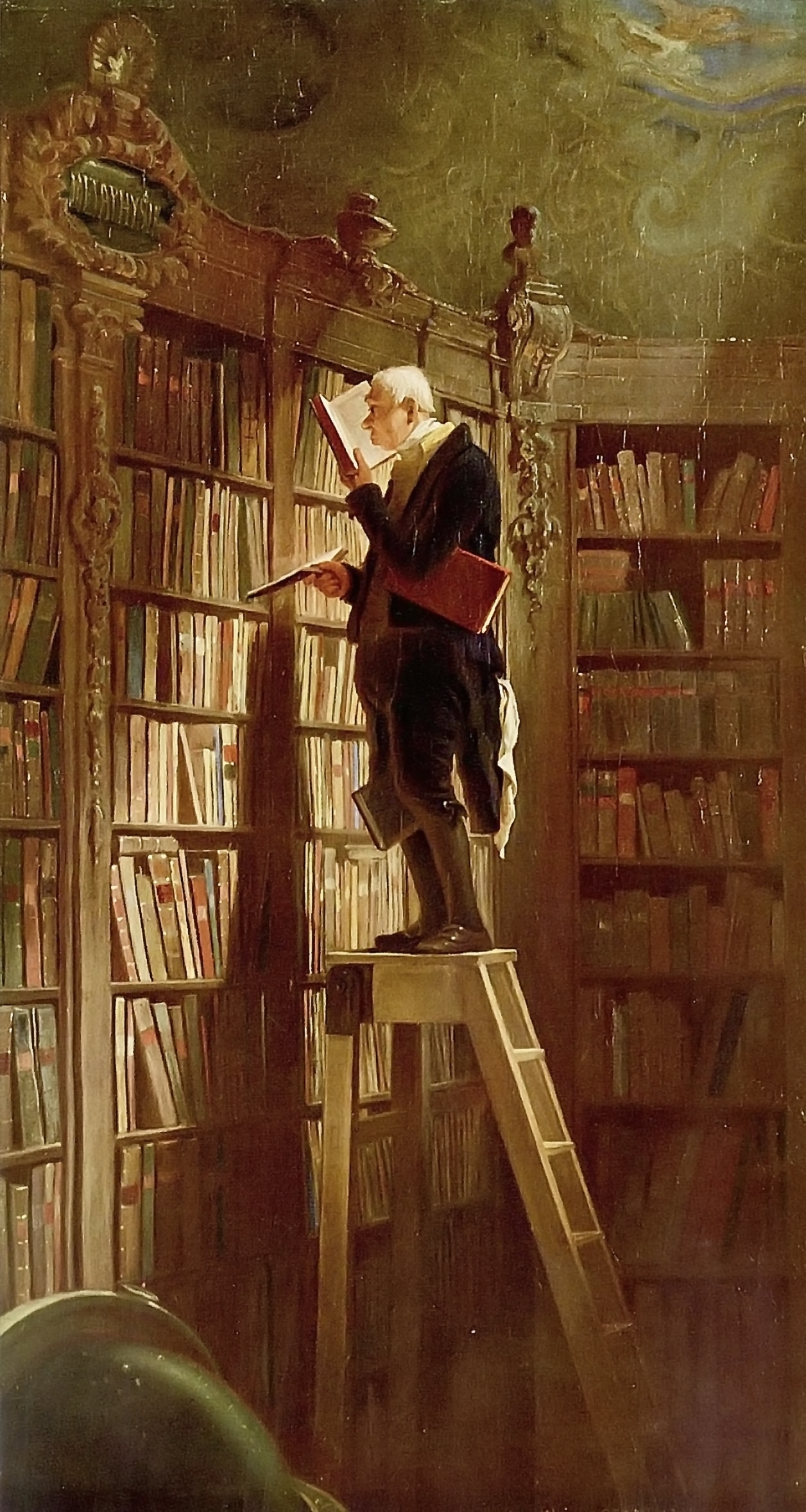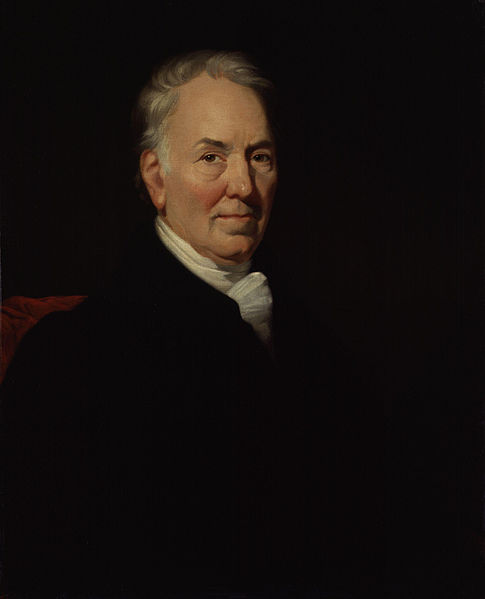
The Beastiary; Animals in the Middle Ages
Animals in Medieval Art
“What is a Bestiary,” Arberdeen Beastiary, University of Arberdeen
A Bestiary is a collection of short descriptions about all sorts of animals, real and imaginary, birds and even rocks, accompanied by a moralising explanation. Although it deals with the natural world it was never meant to be a scientific text and should not be read as such. Some observations may be quite accurate but they are given the same weight as totally fabulous accounts. The Bestiary appeared in its present form in England in the twelfth century, as a compilation of many earlier sources, principally the Physiologus. A great deal of its charm comes from the humour and imagination of the illustrations, painted partly for pleasure but justified as a didactic tool ‘to improve the minds of ordinary people, in such a way that the soul will at least perceive physically things which it has difficulty grasping mentally: that what they have difficulty comprehending with their ears, they will perceive with their eyes’ (Aberdeen MS 24, f25v). The Physiologus was written in Greek, probably in Alexandria, in about the fourth century. It consisted of 48 or 49 chapters about beasts, birds and stones used as a vehicle for explaining Christian dogma. Its stories come from very ancient sources: Indian, Hebrew and Egyptian animal lore and various classical natural philosophers like Aristotle and Pliny. A moralising Christian gloss was added to these stories by a person presumably known as Physiologus.
The Medieval Bestiary: Animals in the Middle Ages see also The Medieval Beastiary Bibliography for additional resources.
Department of Medieval Art and the Cloisters, “Animals in Medieval Art,” in Heilbrumm Timeline of Art History (New York: The Metropolitan Museum of Art, 2000—).



